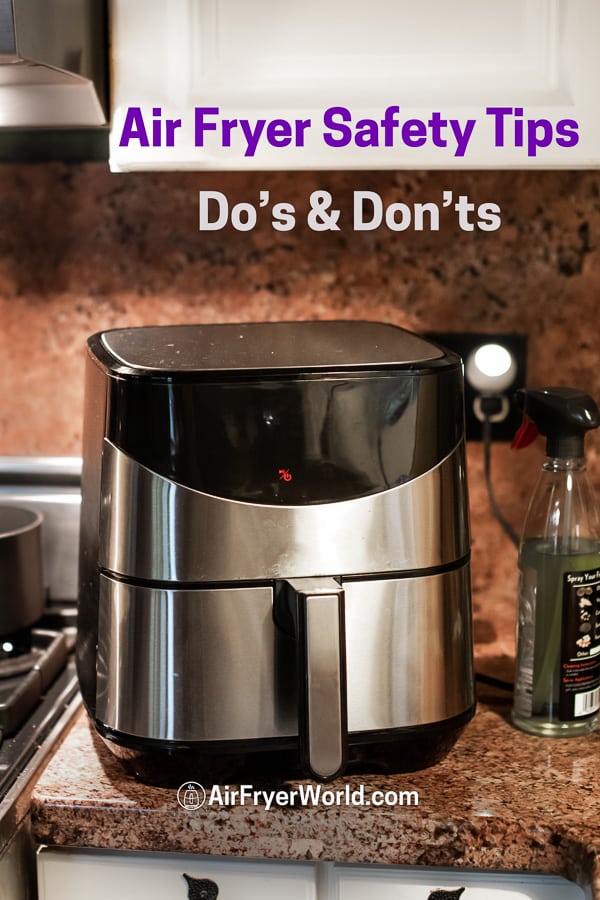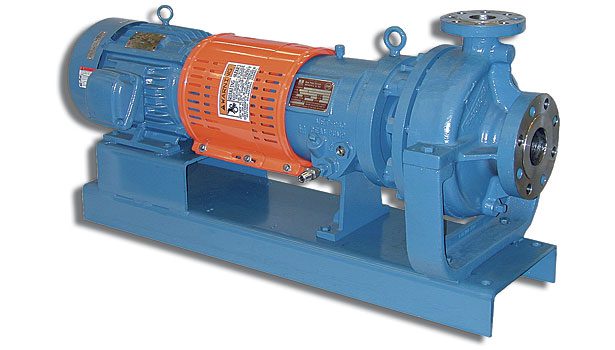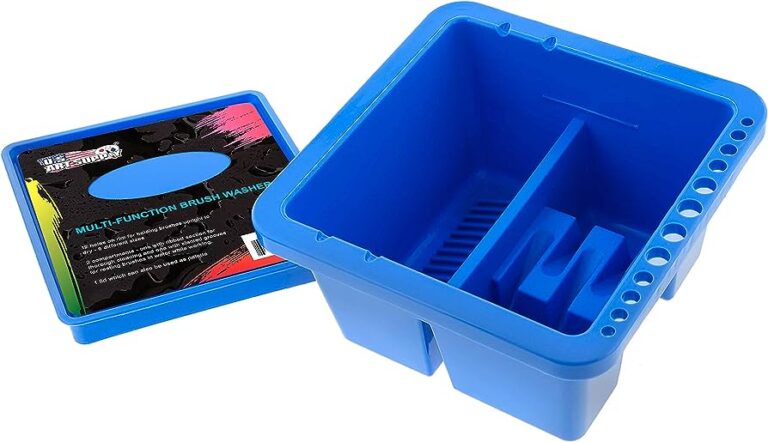Are There Any Safety Precautions I Should Take When Using an Oil Drain Pan? Stay Protected!
When using an oil drain pan, it is important to take safety precautions to avoid accidents.
Selecting The Right Oil Drain Pan
Selecting the right oil drain pan involves considering the size and capacity. It’s important to choose a pan that can hold an adequate amount of oil without overflowing. Look for a pan made from a durable material that won’t crack or break easily.
Opting for a pan with a handle makes it easier to carry and maneuver. In addition, check for anti-splash features to prevent oil from splattering while draining. Taking these safety precautions will ensure a smoother and cleaner oil change experience.
So, always keep in mind the size, capacity, material, handle, and anti-splash features while selecting an oil drain pan to make the process safer and more efficient.

Credit: airfryerworld.com
Preparing The Work Area
When using an oil drain pan, it is important to follow safety precautions to prevent accidents. Start by preparing the work area on a level surface to ensure stability. Adequate lighting is necessary to have clear visibility throughout the process.
Clear any obstacles that may cause tripping or hinder your movement. It is also essential to keep fire safety equipment nearby in case of any emergencies. By following these guidelines, you can minimize the risk of accidents and ensure a safe experience when using an oil drain pan.
So, always prioritize safety before starting any task.
Handling And Pouring The Oil
When using an oil drain pan, it is important to take safety precautions. Wear protective gear to prevent any accidents or injuries. Position the drain pan correctly to ensure a smooth and hassle-free oil change. Using a funnel for precise pouring helps avoid spills and splashes.
These measures can prevent any damage to your surroundings and ensure a clean work environment. It is crucial to handle and pour the oil carefully to prevent any mess or wastage. By following these guidelines, you can safely and efficiently use an oil drain pan without any issues.
So, always prioritize safety and be cautious during the process.
Managing Used Oil
Safety precautions should be taken when using an oil drain pan. First, manage used oil properly by using an approved container. This helps prevent leaks and spills. Also, avoid mixing different oils as this can cause contamination. Another important step is to follow local regulations for disposal, ensuring that used oil is disposed of in an environmentally-friendly manner.
Lastly, consider recycling options for used oil, as recycling is a responsible and sustainable choice. By following these guidelines, you can ensure that you are using an oil drain pan safely and responsibly.
Cleaning And Storing The Oil Drain Pan
Safety is of utmost importance when using an oil drain pan. To ensure proper usage, it is crucial to follow a few precautions. After each use, clean the pan thoroughly, removing any oil residue. This helps prevent contamination and ensures the pan is ready for future use.
Additionally, allow the pan to dry completely before storing it. This helps prevent the growth of mold or mildew. When storing the pan, choose a safe and dry location, away from any potential hazards. Finally, when disposing of any oil residue, be sure to do so properly.
Oil should never be poured down the drain or disposed of in regular trash bins. Instead, it should be taken to a recycling or disposal center designated for this purpose. By following these guidelines, you can safely and responsibly use an oil drain pan.
Frequently Asked Questions (Faqs)
There are a few important safety precautions to keep in mind when using an oil drain pan. Firstly, it is recommended to wear gloves while handling oil to protect your skin. Secondly, make sure to dispose of used oil properly, as it can be harmful to the environment if not handled correctly.
Thirdly, it is advised not to reuse oil drained from your vehicle, as it may be contaminated or degraded. Additionally, consider replacing your oil drain pan regularly to ensure it remains in good condition and doesn’t develop any leaks or cracks.
Lastly, while an oil drain pan is typically used for oil, it is not recommended to use it for other fluids, as different fluids may require specific containers or equipment. Keeping these safety precautions in mind will help ensure a smooth and safe oil-changing process.
Frequently Asked Questions Of Are There Any Safety Precautions I Should Take When Using An Oil Drain Pan?
What Are The Safety Precautions For Oil Drain?
To ensure safety during oil drain, follow these precautions: 1. Wear protective gear, including gloves and safety goggles, to prevent skin contact and eye injuries. 2. Place an oil drain pan or container underneath the vehicle to collect the oil and avoid spills or leaks.
3. Make sure the engine is cool before draining the oil, as hot oil can cause burns. Use a wrench to remove the drain plug slowly and steadily, directing the oil flow into the drain pan. 4. Properly dispose of the used oil by taking it to a certified recycling center or an oil change facility.
Avoid pouring it down the drain or onto the ground, as it can harm the environment. Remember to always refer to the vehicle’s manual or consult a professional for specific safety instructions related to your particular vehicle.
What Are The Safety Precautions That Should Be Done When Changing Oil And Oil Filter?
To ensure safety when changing oil and oil filter, follow these steps: 1. Wear protective gloves and safety glasses to prevent oil from coming in contact with your skin or eyes. 2. Park the vehicle on a flat surface and engage the parking brake to avoid any accidental movement.
3. Allow the engine to cool down before starting the oil change process to prevent burns. 4. Use jack stands or ramps to securely lift the vehicle and provide adequate workspace underneath. 5. Locate the oil filter and loosen it with an oil filter wrench, taking care to place a drain pan beneath to catch any spills.
6. Remove the drain plug and allow the old oil to drain completely into the pan. 7. Replace the oil filter and drain plug, making sure they are tightened securely. 8. Lastly, add the recommended amount of fresh oil to the engine, checking the dipstick for proper oil level.
By following these safety precautions, you can conduct an oil change efficiently and safely.
How Long Should You Let Oil Pan Drain?
The oil pan should be allowed to drain for approximately 15 minutes. This allows enough time for the oil to fully flow out of the pan and into the drain pan. Make sure to use a wrench to remove the drain plug safely.
Once the oil has stopped flowing, reinstall the drain plug securely to prevent leaks. Knowing when to stop draining the oil is important to avoid over-draining, which can damage the engine. It’s a good idea to consult your vehicle’s owner manual for the specific draining instructions, as different car models may have slight variations in the recommended time.
Regular oil changes help maintain the health of your engine and ensure smooth performance.
How Do You Clean An Oil Pan After An Oil Change?
To clean an oil pan after an oil change, follow these steps: 1. Ensure the engine is cool and parked on a level surface. 2. Unscrew the drain plug located on the bottom of the pan and let the old oil drain out completely.
3. Use a rag or paper towels to wipe away any residual oil from the pan and drain plug. 4. Inspect the drain plug for any metal shavings or debris, cleaning it if necessary. 5. Pour some fresh oil onto a clean rag and wipe the inside of the pan to remove any remaining gunk or sludge.
6. If the pan is extremely dirty, use a degreaser or engine cleaner following the product’s instructions. 7. Rinse the pan with water and let it dry before reinstalling the drain plug. 8. Finally, dispose of the old oil and filter properly.
Remember to follow manufacturer guidelines and wear protective gloves and eyewear during the cleaning process.
Conclusion
Using an oil drain pan can be a convenient and efficient way to change your vehicle’s oil. However, it’s essential to prioritize safety to avoid any potential accidents or mishaps. Remember to always wear protective gloves and goggles to shield yourself from oil splatters and potential chemical hazards.
Additionally, make sure to place the drain pan on a stable and level surface to prevent tipping or spilling. When handling the pan, be cautious of hot oil, as it can cause severe burns. Once you have finished draining the oil, be sure to dispose of it properly according to local regulations.
By following these safety precautions, you can make your oil change experience safer and more enjoyable. Don’t compromise your safety—prioritize precaution when using an oil drain pan.




